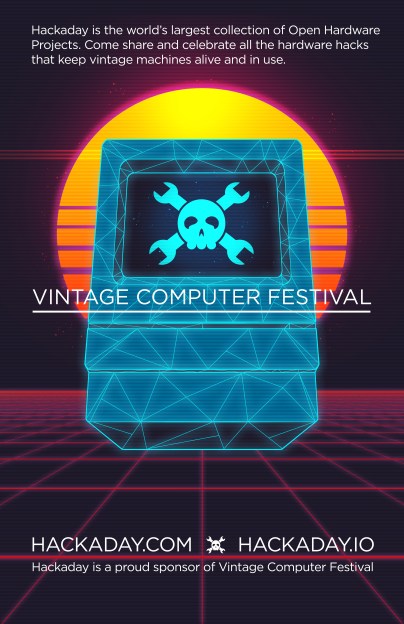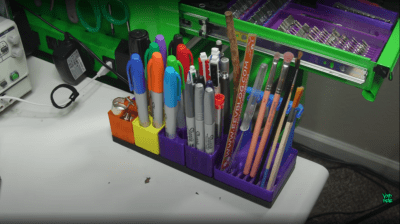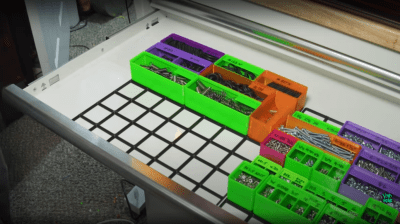A proper gun safe should be difficult to open, but critically, allow instant access by the authorized party.[Dr. Gerg] got a SnapSafe and discovered that, while it was quite easy to use, it would also lock the owner out easily whenever the batteries would run out. Meant to be used with four AAA batteries and no way to recharge them externally, this could leave you royally screwed in the exact kind of situation where you need the gun safe to open. This, of course, meant that the AAA batteries had to go.
Having torn a few laptop batteries apart previously, [Dr. Gerg] had a small collection of Li-ion cells on hand – cylindrical and pouch cells alike. Swapping the AAA battery holder for one of these was no problem voltage-wise, and testing showed it working without a hitch! However, replacing one non-chargeable battery with another one wasn’t a viable way forward, so he also added charging using an Adafruit LiPo charger board. One 3D printed OpenSCAD-designed bracket later, he fit the board inside the safe’s frame – and then pulled out a USB cable for charging, turning the battery into a backup option and essentially creating an UPS for this safe. Nowadays, the safe sits constantly plugged into a wall socket, and [Dr. Gerg] estimates it should last for a few weeks even in case of USB power loss.
When you read about hacking gun safes, it’s usually because of their poor security, with even biometric models occasionally falling victim to prying fingers. There’s talk about moving the locking features into the guns themselves, but we remain skeptical. “Powering an electronically locked box with internal batteries” is a fun problem, and just recently, we’ve seen it solved in a different way in this intricate voice-activated lockbox.
















